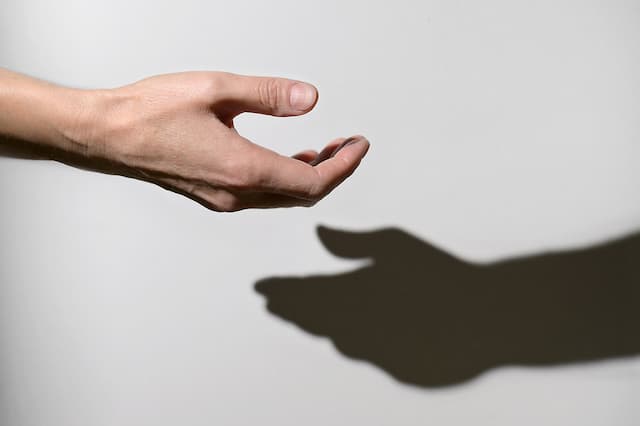Thursday of Holy Week

By Elizabeth Prata
What is Maundy Thursday / Holy Thursday?
The following article is from GotQuestions.org. Link is above
Maundy Thursday, also known as “Holy Thursday,” is the Thursday of Passion Week, one day before Good Friday (the Friday before Easter). Maundy Thursday is the name given to the day on which Jesus celebrated the Passover with His disciples, known as the Last Supper. Two important events are the focus of Maundy Thursday.
First, Jesus celebrated the Last Supper with His disciples and thereby instituted the Lord’s Supper, also called Communion (Luke 22:19-20). Some Christian churches observe a special Communion service on Maundy Thursday in memory of Jesus’ Last Supper with His disciples. Second, Jesus washed the disciples’ feet as an act of humility and service, thereby setting an example that we should love and serve one another in humility (John 13:3-17). Some Christian churches observe a foot-washing ceremony on Maundy Thursday to commemorate Jesus’ washing the feet of the disciples.
The word Maundy is derived from the Latin word for “command.” The “Maundy” in “Maundy Thursday” refers to the command Jesus gave to the disciples at the Last Supper, that they should love and serve one another. Should we observe Maundy Thursday? The Bible neither commands nor forbids it. It is a good thing to remember the Last Supper and Jesus’ sacrifice on our behalf. It is a good thing to remember the Lord’s example of humility. However, at the same time, we should avoid ritualistic observances of holidays unless they are truly focused on God and our relationship with Him.
Observing a special Lord’s Supper service on Maundy Thursday/Holy Thursday in remembrance of the Last Supper is a good thing to do. Doing a foot-washing in remembrance of how Christ humbled Himself and washed the feet of the disciples is a powerful reminder of how we are to live the Christian life (Philippians 2:1-11). Let’s just make sure we are observing Maundy Thursday in a way that truly honors what happened at the Last Supper.
Washing of Feet: entry from International Standard Bible Encyclopedia /Washing Of Feet
The Orientals wore only sandals, and this washing was refreshing as well as cleanly. In the case of ordinary people, the host furnished the water, and the guests washed their own feet, but in the richer houses, the washing was done by a slave. It was looked upon as the lowliest of all services (1 Samuel 25:41). Jesus pointedly contrasts Simon’s neglect of even giving Him water for His feet with the woman’s washing His feet with tears and wiping them with her hair (Luke 7:44). On the last evening of His life, Jesus washed the disciples’ feet (John 13:1-16). Their pride, heightened by the anticipations of place in the Messianic kingdom whose crisis they immediately expected, prevented their doing this service for each other. Possibly the same pride had expressed itself on this same evening in a controversy about places at table. Jesus, conscious of His divine dignity and against Peter’s protest, performed for them this lowliest service. His act of humility actually cleansed their hearts of selfish ambition, killed their pride, and taught them the lesson of love.

Painting description from Wikipedia: The painting was created in 1548/1549 for a church in Venice. The church of San Marcuola commissioned Christ Washing the Disciples’ Feet as a companion piece to Tintoretto’s Last Supper, which still hangs at San Marcuola. Christ and St. Peter are at the far right of the image, an unusual position as Christ was typically placed in the centre of any paintings. This is explained by its original positioning in the church on the right side of the altar. Viewing the painting from a side angle allows the perspective of the tiled floor and the gaze of the disciples towards Jesus to emphasise his status as the main subject of the painting. On the far left of the painting is Judas Iscariot, clothed in bright red and noticeably isolated from the other figures of the painting. In the middle of the work are the rest of the disciples gathered around the table that was the site of the supper. They are depicted somewhat humorously as they strive to pull off their stockings. In the background there is a portal above Jesus that opens up to a room where the last supper takes place. The opening to the left shows buildings with elaborate and fantastic architecture. The architecture is based closely on designs by Sebastiano Serlio.




